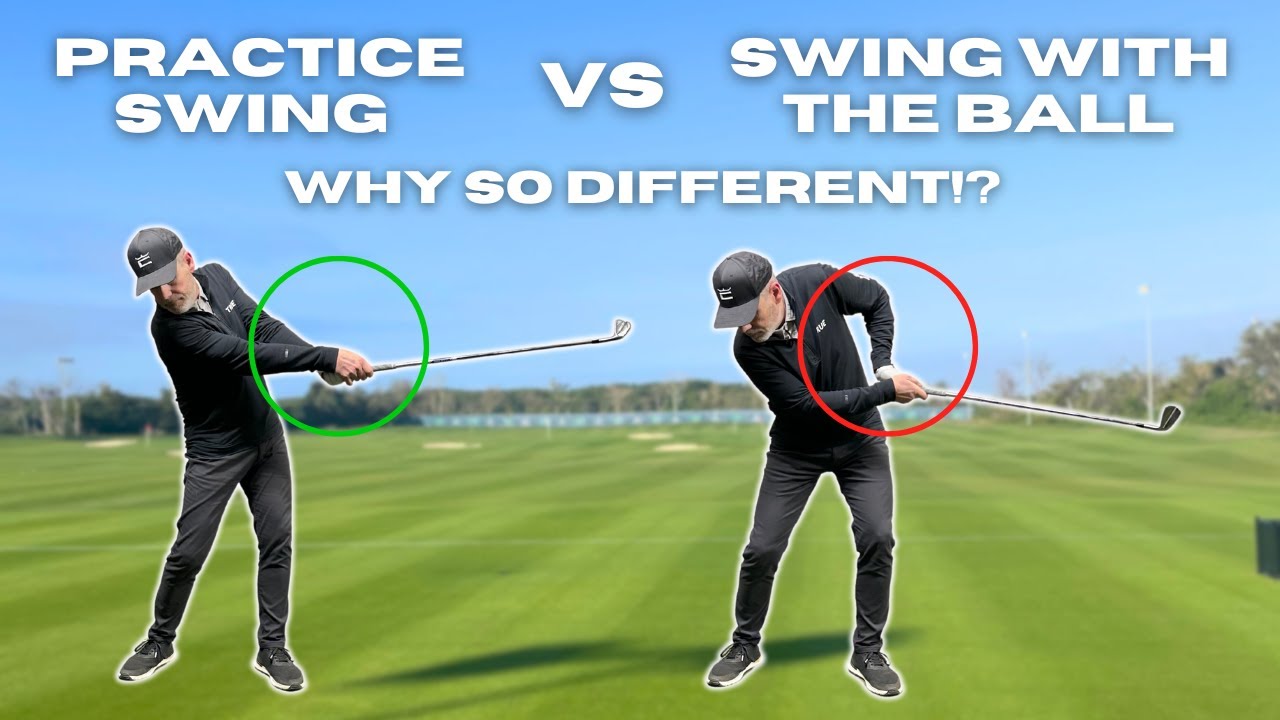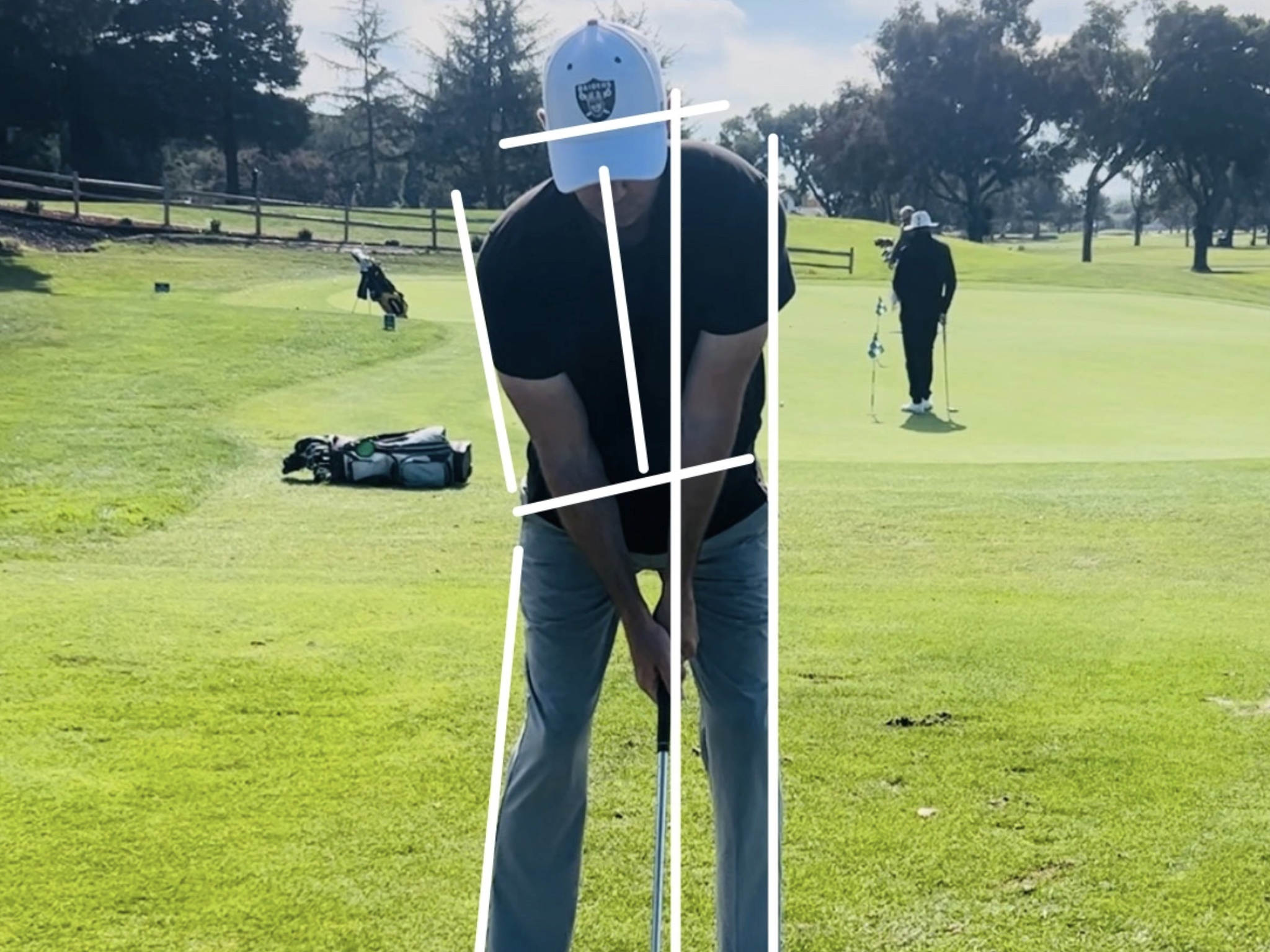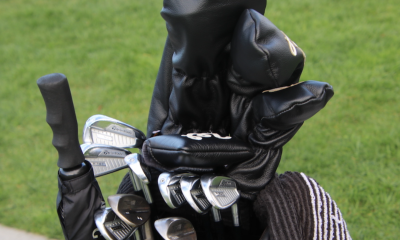Instruction
The Wedge Guy: Understanding versus learning versus practice

I’ve long been fascinated with the way the golf swing works, from full driver swings to the shortest chip shots. I’m sure that curiosity was embedded in me by my father as I began to get serious about my own golf around the age of 10. His philosophy was that the more you know about how something works, the more equipped you are to fix it when it breaks.
As I grew up in the game, my father and I spent hours talking about golf and swing technique, from the grip to positions at impact to conceptual aspects of the game and swing. I’ve continued to study and have conversations with knowledgeable golf professionals and players throughout my life. But back to my father, one thing he made very clear to me early on is that there is a big difference between understanding, learning, and practice.
Understanding and learning are two very different aspects of getting better at this game. The understanding part is where you actually grasp the basic concepts of a functionally correct golf swing. This includes the fundamentals of a proper grip, to the geometry of sound setup up, and alignment to the actual role and movements of the various parts of your body from start to finish.
Only after understanding can you begin the learning process of incorporating those fundamentals and mechanical movements into your own golf swing. I was taught and continue to believe the best way to do that is to start by posing in the various positions of a sound golf swing, then graduating to slow motion movement to connect those poses – address to takeaway to mid-backswing to top of backswing to first move down, half-way down…through impact and into the follow-through.
Finally, the practice part of the equation is the continual process of ingraining those motions so that you can execute the golf swing with consistency.
The only sure way to make progress in your golf is through technique improvement, whether it is a full swing with the driver or the small swings you make around the greens. There are no accomplished players who simply practice the same wrong things over and over. Whether it is something as simple as a grip alteration or modification to your set up position, or as complex as a new move in the swing, any of these changes require first that you understand…then clearly learn the new stuff. Only after it is learned can you begin to practice it so that it becomes ingrained.
If you are trying to learn and perfect an improved path of your hands through impact, for example, the first step is to understand what it is you are trying to achieve. Only then can you learn it. Stop-action posing in the positions enables your muscles and mind to absorb your new objectives. Then, slow-motion swings allow your muscles to feel how to connect these new positions and begin to produce this new coordinated motion through them. As your body begins to get familiar with this new muscle activity, you can gradually speed up the moves with your attention focused on making sure that you are performing just as you learned.
As you get comfortable with the new muscle activity, you can begin making practice swings at half speed, then 3/4 speed, and finally full speed, always evaluating how well you are achieving your objectives of the new moves. This is the first stage of the practice process.
Only after you feel like you can repeat this new swing motion should you begin to put it into practice with a golf ball in the way. And even then, you should make your swings at half or ¾ speed so that you can concentrate on making the new swing – not hitting the ball.
The practice element of the process begins after the learning process is nearly complete. Practice allows you to ingrain this new learning so that it becomes a habit. To ensure your practice is most effective, make several practice swings for each ball you try to hit.
I hope all this makes sense. By separating understanding from the learning process, and that from the practice that makes it a habit — and getting them in the proper sequence — you can begin to make real improvements in your game.
- LIKE26
- LEGIT5
- WOW0
- LOL1
- IDHT0
- FLOP1
- OB0
- SHANK1
Instruction
Clement: Why your practice swing never sucks

You hear that one all the time; I wish I could put my practice swing on the ball! We explain the huge importance of what to focus on to allow the ball to be perfectly in the way of your practice swing. Enjoy!
- LIKE0
- LEGIT0
- WOW0
- LOL0
- IDHT0
- FLOP0
- OB0
- SHANK1
Instruction
Clement: This is when you should release the driver

The golf teaching industry is slowly coming around to understand how the human machine is a reaction and adaptation machine that responds to weight and momentum and gravity; so this video will help you understand why we say that the club does the work; i.e. the weight of the club releases your anatomy into the direction of the ball flight.
- LIKE2
- LEGIT0
- WOW1
- LOL0
- IDHT0
- FLOP0
- OB0
- SHANK1
Instruction
Kelley: Focus on what you can control

(Part One) Changing The Swing
The address position is the easiest part to change in the golf swing. If an adjustment can be made that will influence the rest of the swing, it should be made here. The set-up is a static position, so you have full control over it. If concepts are understood with feedback given (a mirror or video) it can easily be corrected and monitored. Once the club is in motion, a change becomes much more difficult.
Most faults in the swing originate in the set-up. All to often players go directly to the part they want to change in the middle of their swing, not understating their is an origin to what they do. When the origin isn’t fixed, trying to directly change the part in the middle is difficult and will often leave the player frustrated. Even worse, the part they are looking to fix may actually be a “match-up” move by the brain and body. These match-up moves actually counter -balance a previous move to try and make the swing work.
An example of not fixing the origin and understanding the importance of the set-up is when players are trying to shallow the club on the downswing (a common theme on social media). They see the steep shaft from down-the-line and directly try and fix this with different shallowing motions. More times then not, the origin to this is actually in the set-up and/or direction the body turns back in the backswing. If the body is out of position to start and turns back “tilty”, a more difficult match-up is required to shallow the shaft.
Another simple simple set-up position that is often over-looked is the angle of the feet. For efficiency, the lead foot should be slightly flared and the trail foot flared out as well (the trail more flared then the lead). When the trail foot is straight or even worse pointed inwards, a player will often shift their lower in the backswing rather then coil around in the groin and glutes. Trying to get a better lower half coil is almost impossible with poor foot work.

The golf swing is hard to change, so work on the things that are simple and what you have control over. You may not be able to swing it like a world class player, but with proper training you can at least the address the ball like one. When making a swing change, look to fix the origin first to facilitate the change.
*Part two of this article will be focusing on what you can control on the golf course, a key to better performance
Twitter: KKelley_golf
- LIKE37
- LEGIT7
- WOW1
- LOL0
- IDHT0
- FLOP0
- OB0
- SHANK1
-

 Accessory Reviews2 days ago
Accessory Reviews2 days agoInsider photos from Tiger Woods’ launch event for his new “Sun Day Red” apparel line
-

 19th Hole6 days ago
19th Hole6 days agoBrandel Chamblee outlines what his tough road back to PGA Tour would look like for LIV pros
-

 19th Hole1 week ago
19th Hole1 week agoBryson DeChambeau using irons from unique brand that offers clubs that nobody else does
-

 19th Hole2 weeks ago
19th Hole2 weeks agoAshley Perez aims multiple digs at Pat Perez after filing for divorce from LIV pro
-

 19th Hole1 week ago
19th Hole1 week ago2-time major champ signs multi-year deal with Callaway Golf
-

 Equipment1 week ago
Equipment1 week agoTour Edge unveils new Hot Launch 524 Series of golf clubs
-

 19th Hole1 day ago
19th Hole1 day agoTiger Woods opts for veteran caddie to loop for him this week at Riviera
-

 19th Hole1 week ago
19th Hole1 week agoCam Smith: Joining LIV Golf one of the best decisions I’ve ever made




















geohogan
Jan 15, 2024 at 5:08 pm
Understanding how the subconscious mind, controls the body parts in complex chain action movement, over shadows everything else.
Until golf instructors understand that there are limits to how conscious thought can control individual body parts during a 1/4 second complex chain action, there will never be progress in golf swing. Our conscious mind sets the singular “INTENTION”, that the subconscious carries out.
We consciously let what has to move (subconsciously), move to carry out the singular intention.
Only the best instructor will be able to tell you what that singular intention has to be. Ben Hogan figured it out.
geohogan
Dec 12, 2023 at 12:45 pm
Dont expect breakthrough golf instruction from those who block
any thoughts contrary to the PGA
David
Dec 7, 2023 at 1:24 pm
Great advice. I feel like I am in this zone with my swing although I can easily fall out of it and just start hitting balls one after the other to get a good outcome and often have to remind myself, what I am trying to change and not get consumed with hitting with speed and worry so much on the outcome. Practice with a purpose and stay focused is good.
Thanks, that helps to hear it from you.
David.